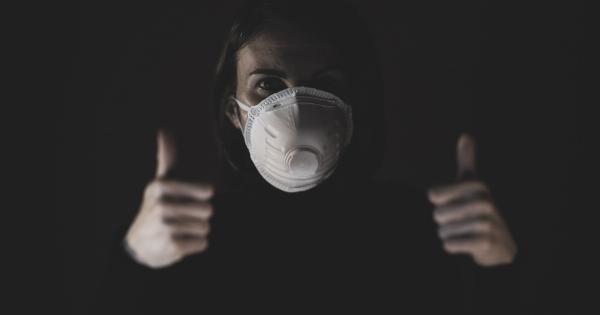Pneumonia and the flu are often considered common illnesses that people recover from without much concern. However, these seemingly harmless illnesses can have a devastating impact on children.
Pneumonia and the flu, combined, claim the lives of millions of children worldwide every year. This silent killer disproportionately affects children in developing countries, where access to healthcare, vaccines, and proper nutrition may be limited.
The Toll of Pneumonia and Flu
Pneumonia and flu are respiratory infections that primarily affect the lungs. They can cause severe illness, especially in young children with undeveloped immune systems.
According to the World Health Organization (WHO), pneumonia is responsible for 15% of deaths in children under the age of 5 worldwide. Additionally, the flu leads to hospitalizations and complications such as bronchitis and pneumonia, posing a significant threat to children’s health.
Underlying Factors
Several underlying factors contribute to the toll that pneumonia and flu take on children. Limited access to healthcare and vaccines is a major obstacle in many developing nations.
Vaccinations, such as the pneumococcal and flu vaccines, are essential in preventing severe cases of these illnesses. However, these vaccines may not be readily available or affordable for impoverished communities.
Poor nutrition also plays a significant role. Malnourished children have weaker immune systems, making them more susceptible to pneumonia and flu.
Inadequate nutrition impairs the body’s ability to fight infections and recover from illness effectively. Additionally, overcrowded living conditions and lack of clean water and sanitation further increase the risk of infections.
Prevention and Treatment
The prevention and treatment of pneumonia and flu in children require a multi-faceted approach. Vaccination programs must be expanded, ensuring that children in all regions have access to life-saving vaccines.
This includes providing vaccines for children without monetary barriers and improving the distribution networks to reach remote areas.
Education is crucial in raising awareness about the importance of vaccines, hygiene practices, and early recognition of symptoms.
Parents and caregivers need to be empowered with knowledge about the signs of pneumonia and flu, leading to timely medical intervention.
Improving overall healthcare infrastructure is vital to ensure prompt and appropriate treatment. This includes increasing access to healthcare facilities, training healthcare professionals, and stockpiling necessary medications.
Adequate funding is crucial for research and development of more effective pneumonia and flu treatments.
The Global Impact
Pneumonia and flu take a significant toll on children globally, but the burden is particularly heavy in developing countries.
These illnesses hinder children’s growth and development, leading to long-term consequences on physical and cognitive abilities. The loss of young lives due to pneumonia and flu also disrupts communities, affecting productivity and economic growth.
Furthermore, the impact of pneumonia and flu extends beyond the individual child and their immediate family.
The healthcare system, already strained in many developing countries, faces an additional burden due to the treatment and hospitalization required for severe cases.
Addressing the Crisis
Addressing the crisis of pneumonia and flu in children requires collaborative efforts from governments, international organizations, public health agencies, and communities.
Investments in healthcare infrastructure, particularly in low-income countries, are crucial to improving access to quality healthcare services.
Raising awareness and prioritizing prevention strategies, such as vaccination campaigns and hygiene education, can significantly reduce the incidence and severity of pneumonia and flu.
The development of low-cost vaccines suitable for resource-limited settings is essential.
Research and innovation must continue to drive progress in preventing, diagnosing, and treating pneumonia and flu in children.
Pharmaceutical companies, academic institutions, and governments need to invest in the development of new vaccines and medications that are affordable and accessible to all.
Conclusion
Pneumonia and flu may be common illnesses, but they pose a silent threat to children worldwide. The toll on children’s lives is a cause for concern, especially in underprivileged communities.
Efforts must be made to address the underlying factors contributing to the high incidence and severity of these illnesses, including limited access to healthcare, vaccines, and proper nutrition. By prioritizing prevention and ensuring adequate treatment options, we can reduce the silent toll that pneumonia and flu take on children.




























